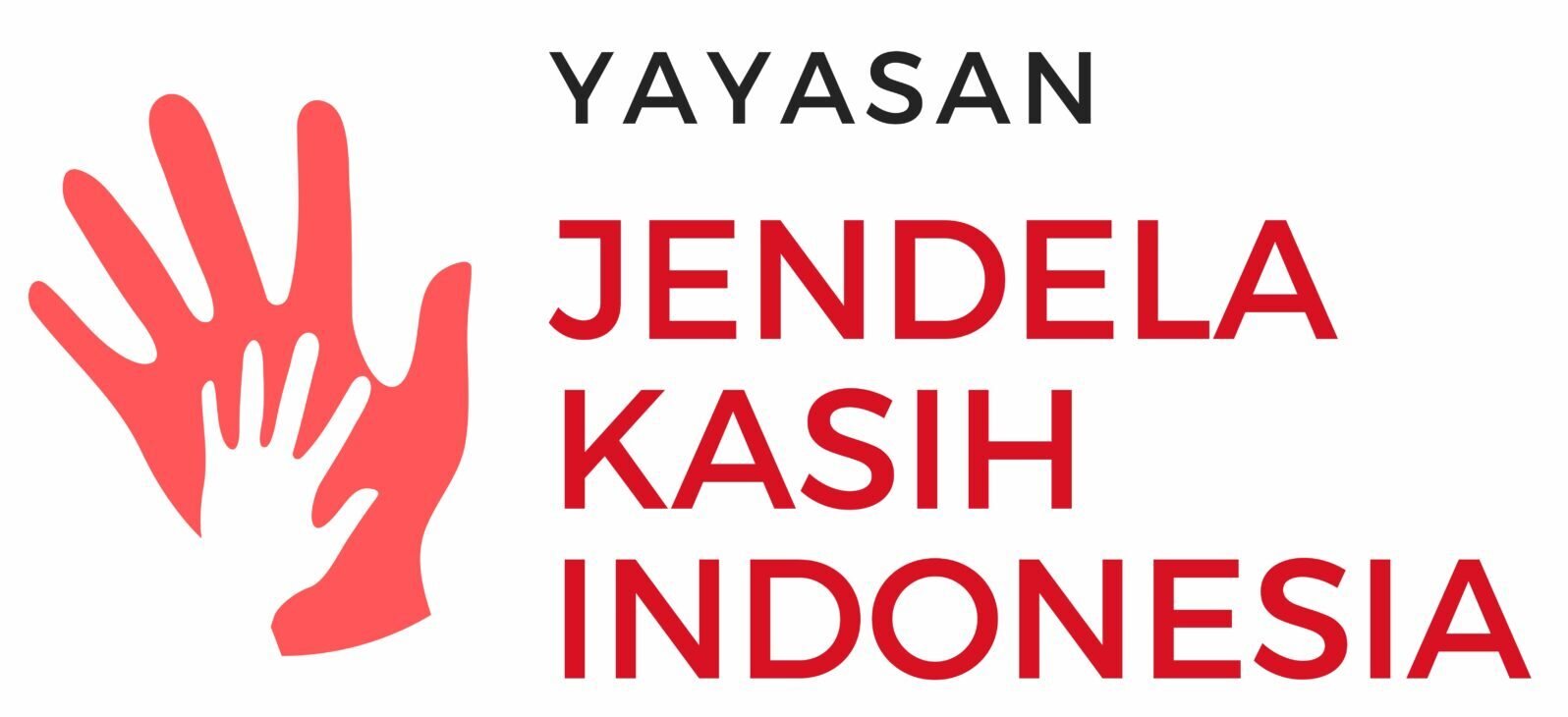The Role of Education in Improving Community Welfare in Remote Areas

The Role of Education in Improving Community Welfare in Remote Areas
Education plays a fundamental role in shaping the future of individuals and communities. It is often regarded as one of the most powerful tools for poverty reduction, social empowerment, and economic development. In remote areas, where access to basic services is often limited, education becomes even more critical in breaking the cycle of poverty and improving overall well-being. This article explores the role of education in enhancing the welfare of communities in remote areas of Indonesia, examining how it can contribute to sustainable development and better living conditions.
The Challenges Faced by Remote Communities
Before delving into the impact of education, it is important to understand the challenges that remote communities face. These areas, often situated in geographically isolated or hard-to-reach regions, are characterized by limited infrastructure, economic hardship, and a lack of access to essential services like healthcare, clean water, and transportation.
Geographical and Logistical Barriers
One of the major hurdles faced by remote communities is the physical distance from urban centers. Poor road infrastructure and the absence of reliable public transportation make it difficult for people to access education, healthcare, and other essential services. In many cases, students are forced to walk long distances to attend school, often in harsh conditions. This can discourage school attendance and lead to high dropout rates.Limited Economic Opportunities
Remote areas are often economically underdeveloped, with limited job opportunities for residents. Most of the population relies on subsistence farming or informal sectors for income. This lack of economic opportunities perpetuates poverty, which in turn affects access to education, as families prioritize daily survival over long-term educational goals.Lack of Qualified Teachers and Resources
Even when schools are established in remote areas, the quality of education is often compromised by a shortage of qualified teachers, insufficient educational materials, and poorly maintained school buildings. Teachers in these areas may not receive adequate training, and resources such as textbooks, computers, and other learning aids are often scarce. This leads to poor educational outcomes, further exacerbating the socio-economic divide.
How Education Improves Community Welfare
Despite these challenges, education plays a critical role in enhancing the welfare of communities in remote areas. By providing individuals with the skills, knowledge, and opportunities to improve their lives, education has a ripple effect on various aspects of society, from economic development to health improvement.
Breaking the Cycle of Poverty
One of the most significant ways in which education improves welfare in remote communities is by breaking the cycle of poverty. When children in remote areas receive an education, they are more likely to secure better-paying jobs in the future. This reduces their dependence on low-wage, labor-intensive work and gives them the skills necessary to access more diverse and stable employment opportunities. As a result, families can improve their economic situation, lifting them out of poverty.Education also plays a role in improving the economic mobility of women. In many remote communities, women are often limited to traditional roles and face barriers to formal employment. However, educating girls and women gives them the skills and confidence to participate in the workforce, pursue entrepreneurship, or take on leadership roles, which benefits the entire community.
Improving Health and Well-being
Education is closely linked to better health outcomes. Studies have shown that individuals with higher levels of education tend to live healthier lives, have lower rates of chronic diseases, and are more likely to seek medical care when needed. In remote areas, where healthcare services may be limited, education can help individuals make informed decisions about nutrition, hygiene, and disease prevention.For example, educated parents are more likely to understand the importance of vaccinations, proper sanitation, and nutrition in preventing common diseases. This knowledge reduces the incidence of preventable illnesses, improves child health, and lowers mortality rates, which in turn improves the overall well-being of the community.
Empowering Communities Through Knowledge and Skills
Education empowers individuals by providing them with the knowledge and skills needed to actively contribute to their communities. For instance, agricultural education programs can teach farmers in remote areas modern farming techniques that increase crop yields and promote sustainable farming practices. This not only improves food security but also boosts income by allowing farmers to sell surplus produce at local markets or to larger buyers.Moreover, education helps individuals develop critical thinking and problem-solving skills, which are essential for addressing the unique challenges that remote communities face. Educated individuals are more likely to initiate community development projects, advocate for better infrastructure, and work collaboratively to find solutions to local issues such as access to clean water, electricity, and transportation.
Promoting Social Inclusion and Equality
Education is a powerful tool for promoting social inclusion and reducing inequality. In remote areas, where access to resources is often limited, education can level the playing field by giving everyone, regardless of their background, the opportunity to succeed. It reduces social divides based on gender, ethnicity, or economic status, providing a more inclusive environment for all members of the community.Educating girls, in particular, has been shown to have a profound impact on gender equality. When girls are educated, they are more likely to delay marriage, have fewer children, and participate in the labor force. This not only benefits the women themselves but also contributes to the overall development of the community, as educated women are more likely to reinvest their income in their families, further promoting social and economic welfare.
Strengthening Community and National Development
Education is also a cornerstone of broader community and national development. By providing individuals in remote areas with the skills and knowledge to engage in various sectors, education contributes to building a more skilled workforce. This, in turn, can help drive local economic growth and development.Furthermore, education fosters a sense of civic responsibility and national identity. Educated individuals are more likely to participate in democratic processes, understand their rights and responsibilities, and engage in activities that promote the common good. This strengthens the fabric of society and supports national efforts to reduce inequality and promote sustainable development.
Overcoming the Barriers to Education in Remote Areas
While education is a powerful tool for improving welfare in remote communities, there are still significant barriers to overcome. To make education more accessible and effective, the following strategies should be considered:
Improving Infrastructure and Access
The government and private sector need to invest in improving infrastructure in remote areas, including better roads, transportation systems, and access to electricity and internet. This will make it easier for students to attend school regularly and for teachers to effectively deliver lessons.Training and Retaining Qualified Teachers
It is crucial to ensure that teachers in remote areas are properly trained and supported. Offering incentives such as higher salaries, professional development opportunities, and housing assistance can help retain qualified teachers in these regions.Community Engagement and Support
Communities should be actively involved in education initiatives. Parents, local leaders, and community organizations can work together to support schools, create awareness about the importance of education, and address issues such as child labor and early marriage that can prevent children from attending school.Leveraging Technology
Technology can be used to enhance educational opportunities in remote areas. Online learning platforms, mobile applications, and digital resources can help bridge the education gap by providing students with access to high-quality materials and interactive learning experiences, even in the absence of a physical teacher.
Conclusion
Education is a key driver of welfare improvement in remote communities. By breaking the cycle of poverty, improving health outcomes, empowering individuals, and fostering social inclusion, education has the power to transform lives and build stronger, more resilient communities. However, to fully harness the potential of education, it is essential to address the challenges that remote areas face, such as limited infrastructure, teacher shortages, and economic hardship. With concerted effort and investment from the government, private sector, and communities, education can become the catalyst for lasting positive change in remote areas, improving the welfare of individuals and communities alike.
